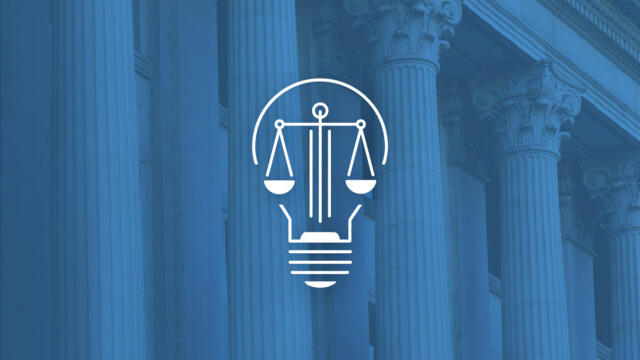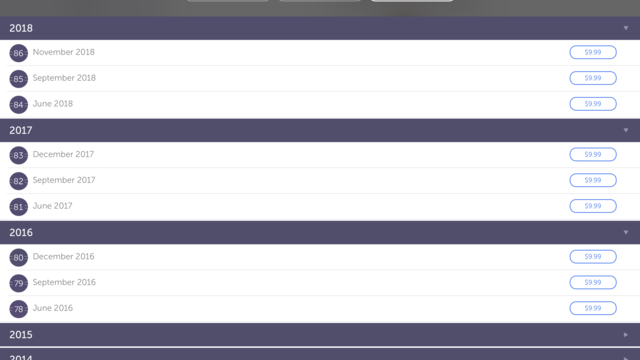The time has finally come: the California bar exam has changed forever.
Beginning with the July 2017 exam, the CA bar exam will be shortened from three days to two, making the overall experience for exam takers much less grueling.
Let’s review the key changes.
California Essays
Historically, the California bar exam has included six one-hour essay questions. Beginning in July 2017, the bar exam will include just five one-hour essay questions.
Performance Tests
Historically, the California bar exam included two three-hour Performance Tests—closed universe practice questions requiring test takers to assess a “file” and “library” to use for a legal “task” that typically consists of some kind of written response (e.g., a legal memo, draft brief, letter to a client, etc.).
Beginning in July 2017, the bar exam will include just one Performance Test, which will be limited to ninety minutes. The elimination of the second Performance Test, and halving of time allotted for the remaining Performance Test, accounts for the lion’s share of time eliminated from the California bar exam.
While 90-minute Performance Tests are new for California, the Multistate Performance Tests (MPTs) from the Uniform Bar Exam have always been 90-minutes so this is nothing new and, as a result, there are actually tons of 90-min PTs available for you to practice with. We have incorporated these 90-min MPTs into our curriculum for BarMax California.
Multistate Bar Exam (MBE)
As has been the case historically, the second day of the California bar exam will consist of two three-hour MBE sessions. During each of these sessions, test takers will be given 100 multiple-choice questions to complete.
Schedule
As administered, here is a breakdown of the new California bar exam format, via the State Bar of California:
- Day 1 (Morning): Three one-hour essay questions.
- Day 1 (Afternoon): Two one-hour essay questions, and one ninety-minute Performance Test.
- Day 2 (Morning & Afternoon): Two three-hour sessions, each consisting of 100 multiple choice MBE questions.
The scope of subjects tested on the California bar exam will not change. (A full list of topics tested can be found here.)
Passing Score & Relative Weights
Likewise, the minimum scaled score to pass the exam will remain 1440. Under the new format, however, the relative weight assigned to the written versus the multiple choice segments of the California bar is changed significantly. Henceforth, the written and MBE portions of the California bar exam will be weighted equally, at 50% each.
Summary of Benefits
Test takers will enjoy a number of significant benefits as a result of this new scheme.
The two-day format makes it possible, for the first time, for California bar exam takers will have the opportunity to sit for a second state bar (if desired). Historically, the third day of the California exam made this “overlapping bar exam” impossible.
The two-day format is also cheaper for test takers: less time away from work, one fewer night in a hotel room.
The new format requires less writing from test takers. For students who dislike essay-based exams, this is a net positive.
The flip side, of course, is that the MBE is now more heavily weighted than it has been in the past. This is a net positive for those students who can perform well on multiple choice examinations. For those who dislike multiple choice, this restructuring provides extra incentive to practice, practice, practice using real MBE questions. According to the State Bar of California, the restructuring and attendant changes in grading are not expected to disadvantage any group of test takers, including minorities.
One final benefit is Schadenfreude: Those young whippersnappers fortunate enough to sit the new two-day exam can lord their “easier” California bar exam experience over those of us who suffered through the extended version. (PS: In turn, we’ll always think you’re soft.)
Of course, the ultimate question is whether this restructuring will lead the California bar examiners to eventually adopt the Uniform Bar Exam (UBE), as numerous experts and academics have urged.
So far, no dice but moving from three days to two days is clearly a step in the right direction.










